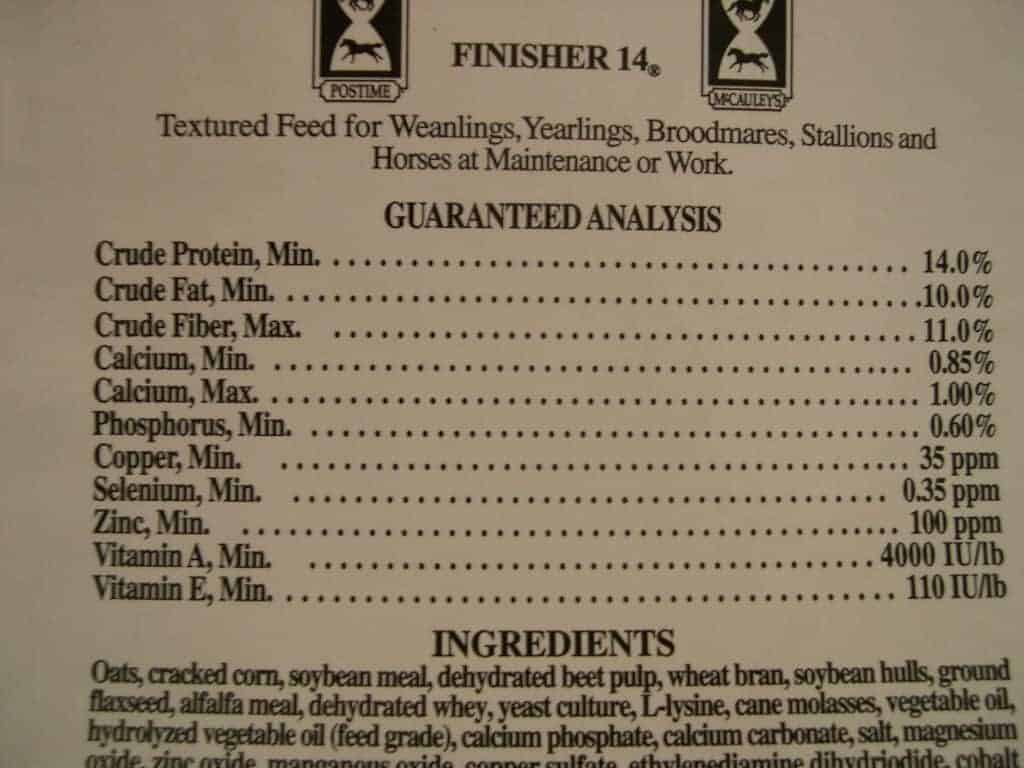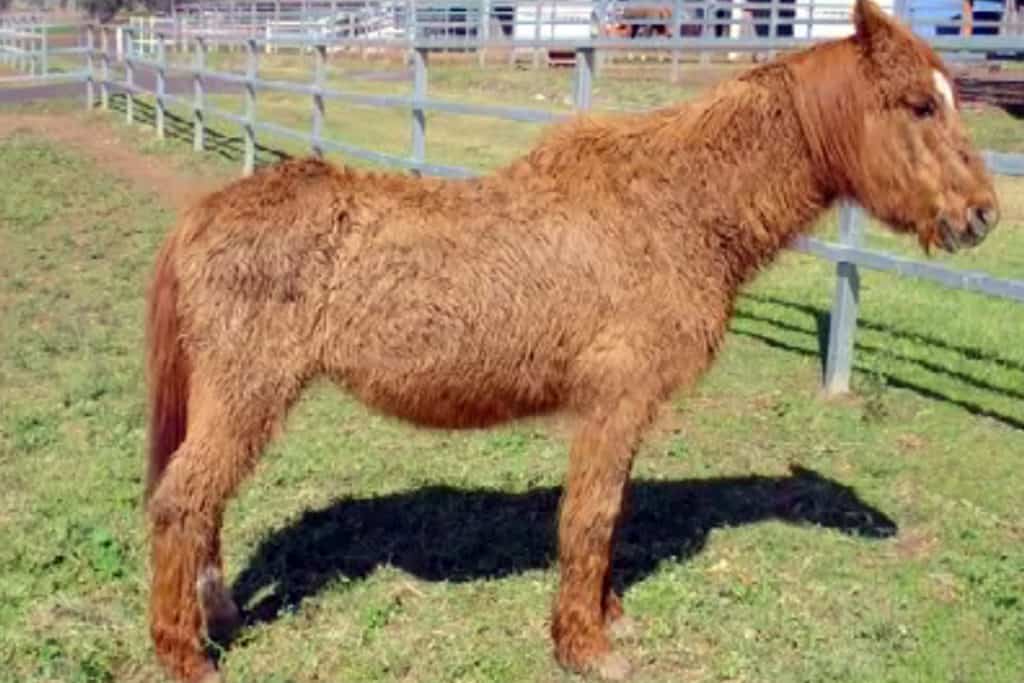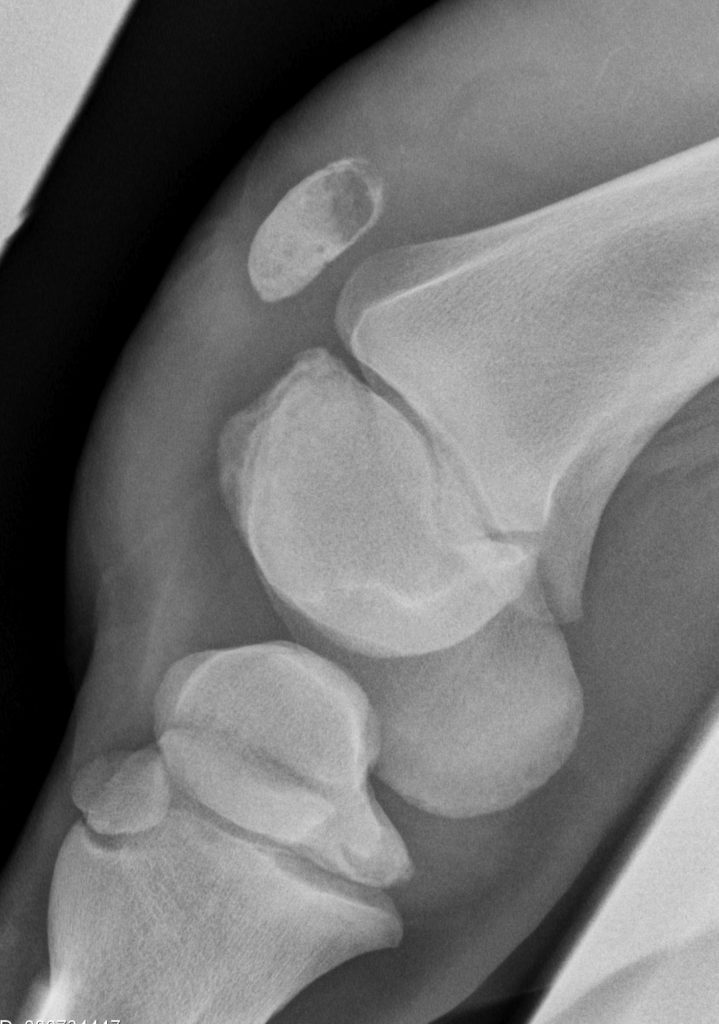
A Guide to Complete Horse Feeds
A complete feed at recommended levels can provide calories for horses who don’t get enough from forage alone.

A complete feed at recommended levels can provide calories for horses who don’t get enough from forage alone.

Study finds that dexamethasone (DXM) behaves similarly regardless of how it enters the horse’s body.

Appropriate forage, forage alternatives, and/or concentrates can keep aged horses at a healthy body condition.

Certain feeding strategies can help your horse weather equine Cushing’s disease.

Firocoxib improved lameness scores, comfort, and mobility in most horses with osteoarthritis, a study showed.

Test for the common endocrine disorders Cushing’s disease and equine metabolic syndrome and treat accordingly.

Joint disease is a common lameness cause and a primary reason why many horses’ athletic careers end.

An understanding of how the biology of aging affects the older horse has become increasingly important.
The change comes several months after the FDA approved a pergolide mesylate tablet for use in horses.

A new FDA-approved Pergolide product offers options in the management of clinical signs associated with pituitary pars intermedia dysfunction (PPID), also known as equine Cushing’s disease.
A reader is concerned about her 24-year-old easy keeper’s weight loss and sudden difficulty keeping weight on.
The objective of the survey is to determine the prevalence of Cushing’s disease worldwide.

Patella infections in foals, while uncommon, can result in prolonged and severe stifle joint infection.

Season variations in ACTH levels are found in some geographic areas, while no changes take place in others.
The study will test a novel neutriceutical for the treatment of lameness in horses due to osteoarthritis.

Three veterinarians discuss the challenges of properly diagnosing and treating/managing horses afflicted with equine Cushing’s disease, equine metabolic syndrome, and associated laminitis.
Stay on top of the most recent Horse Health news with
"*" indicates required fields